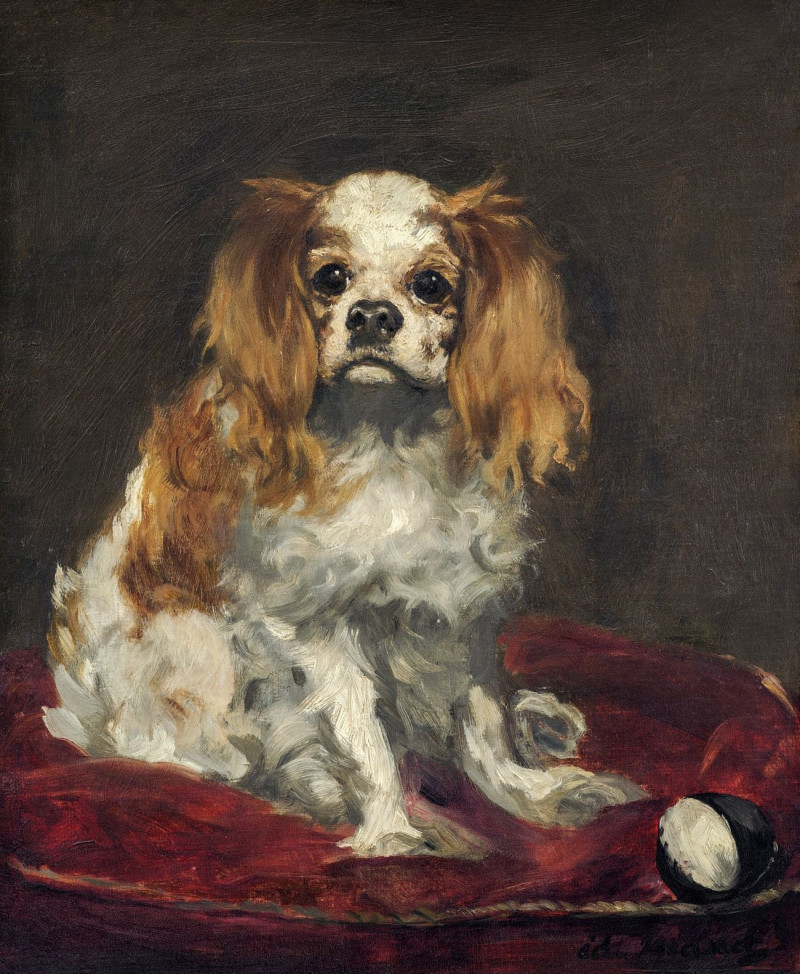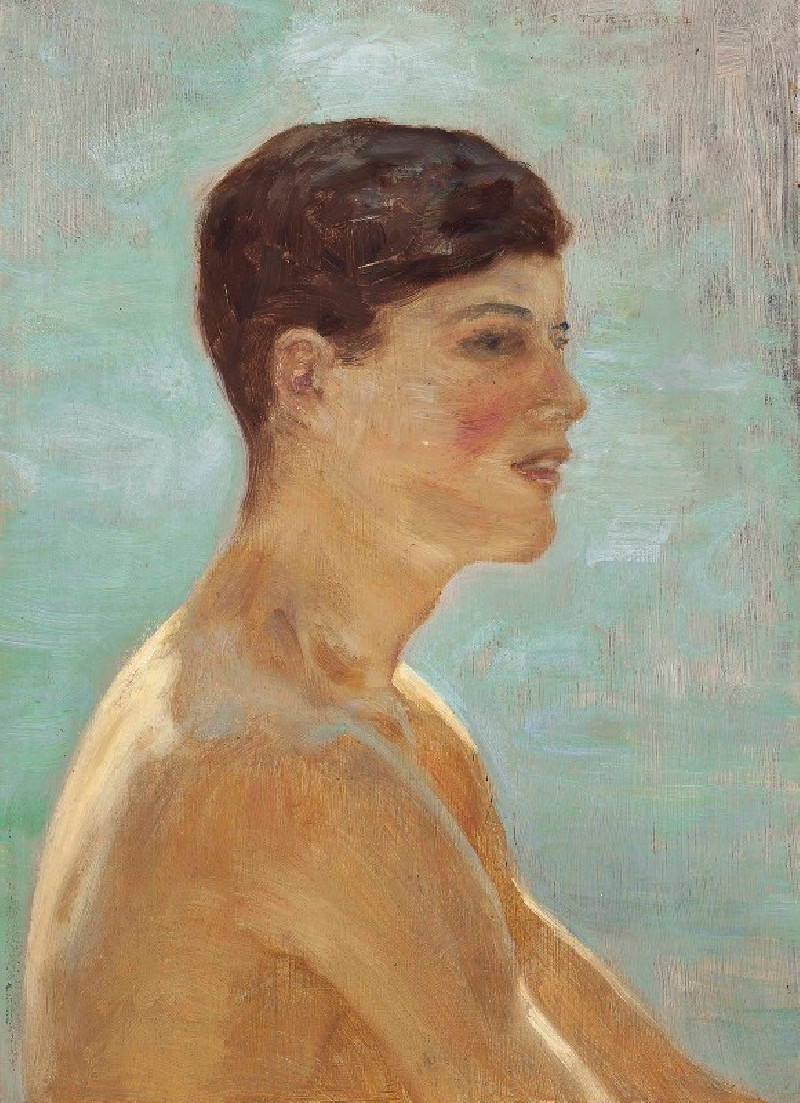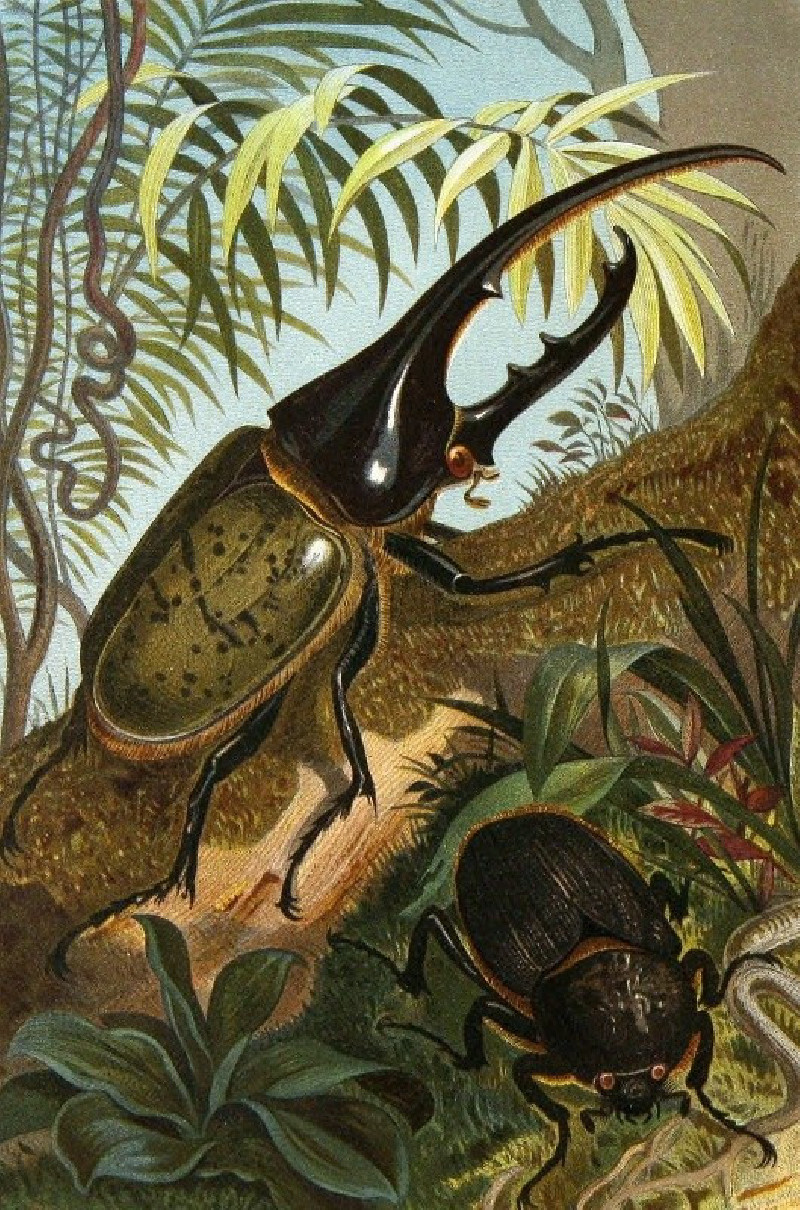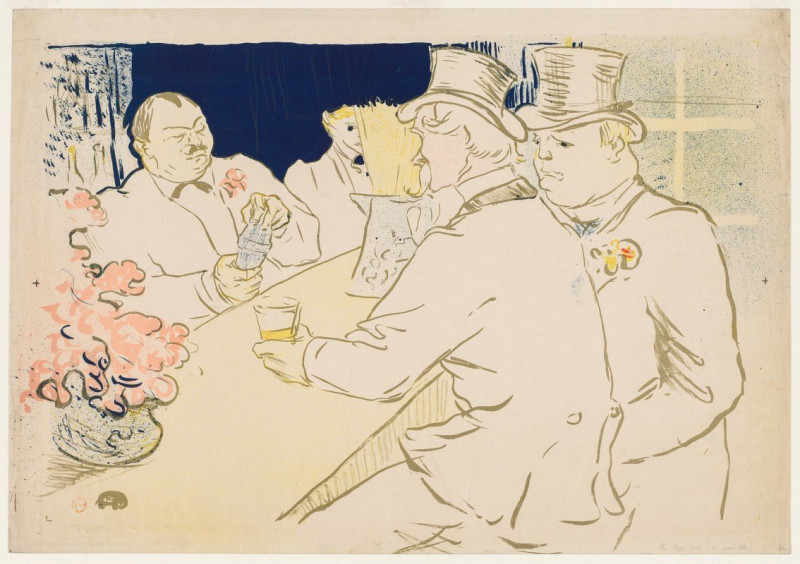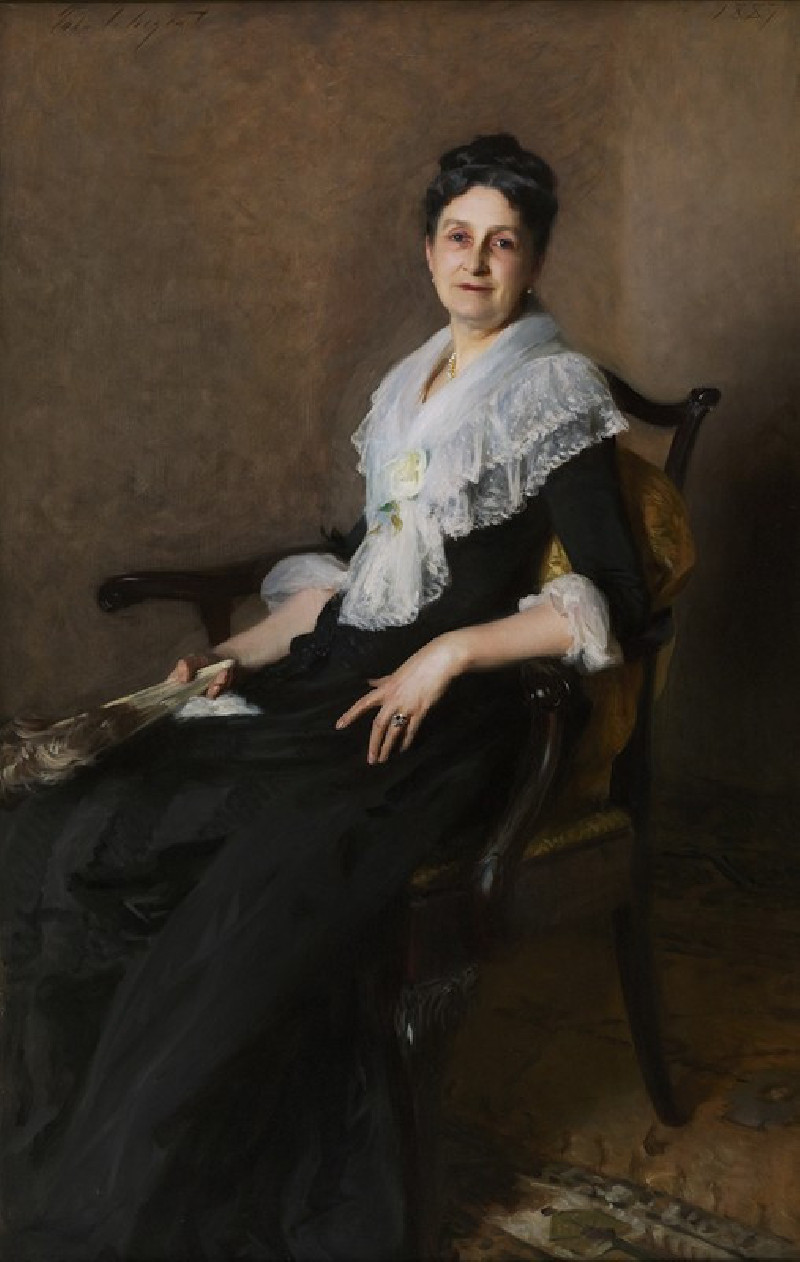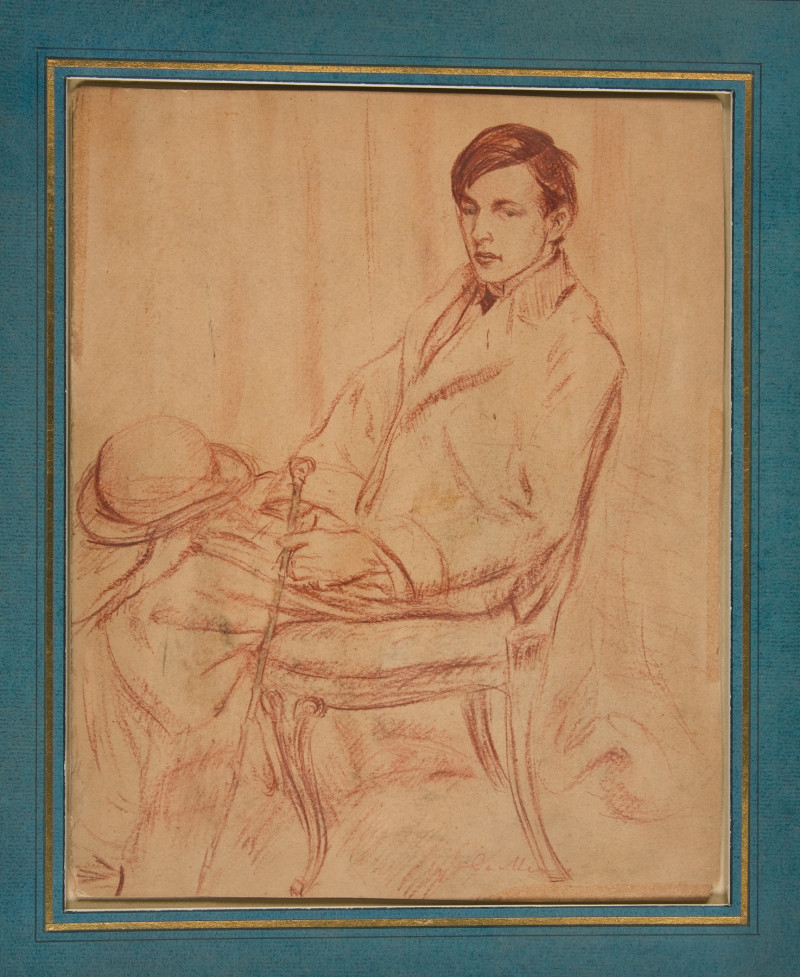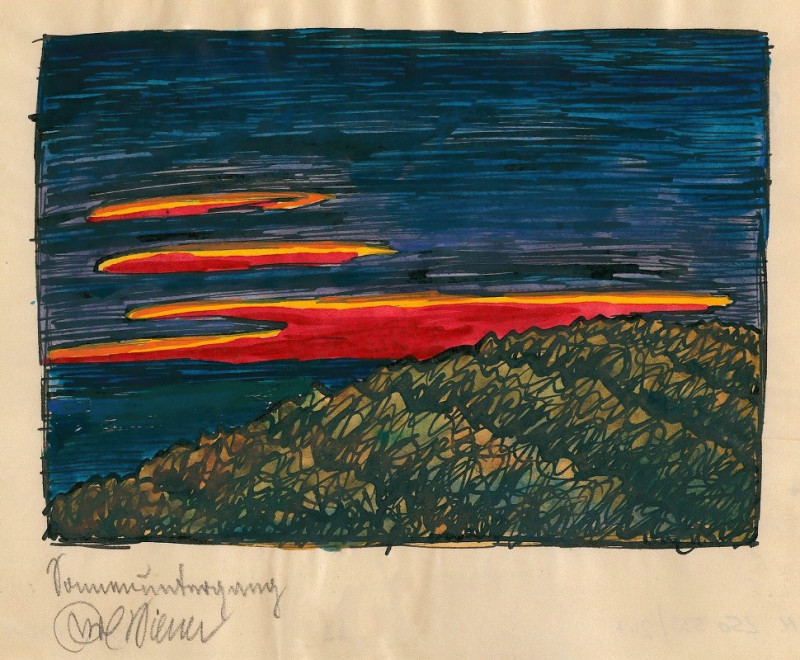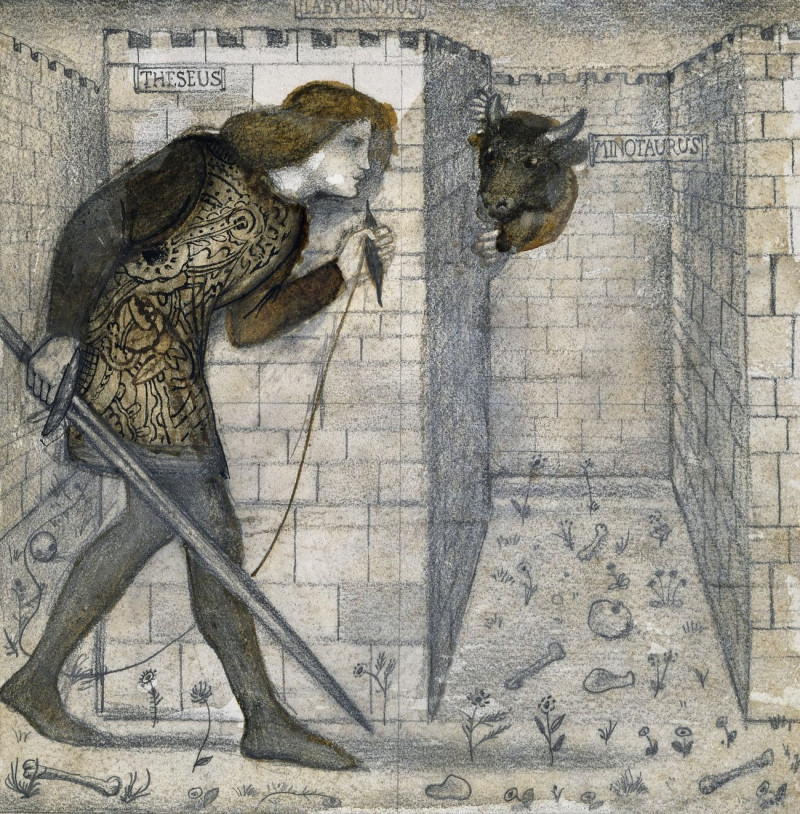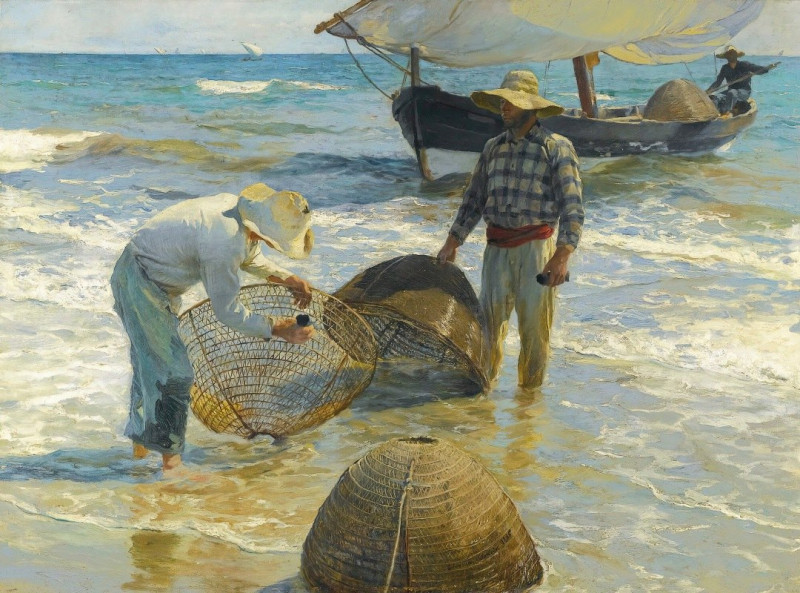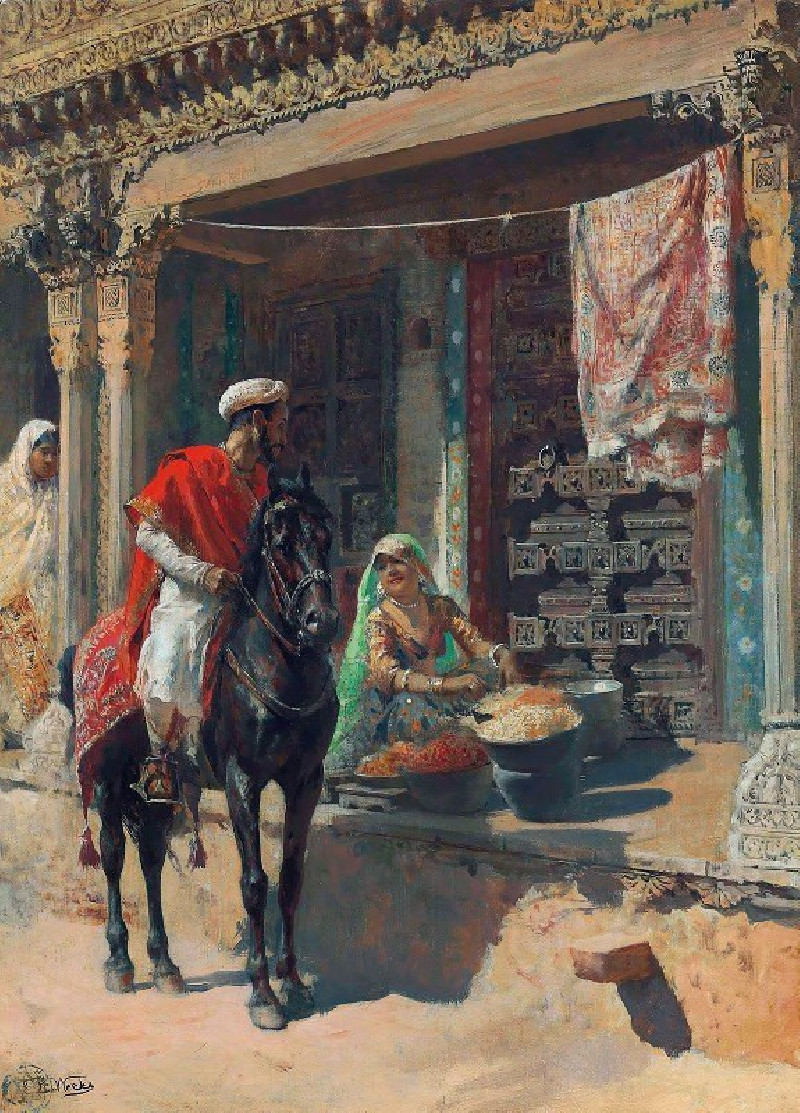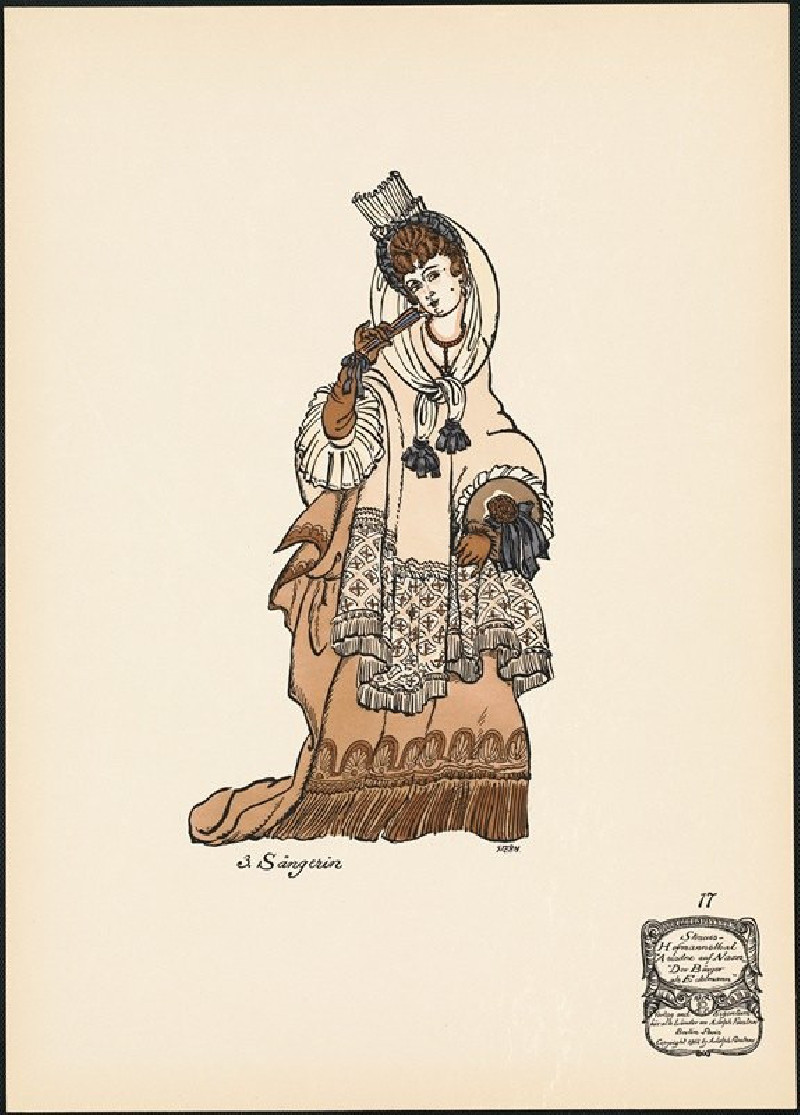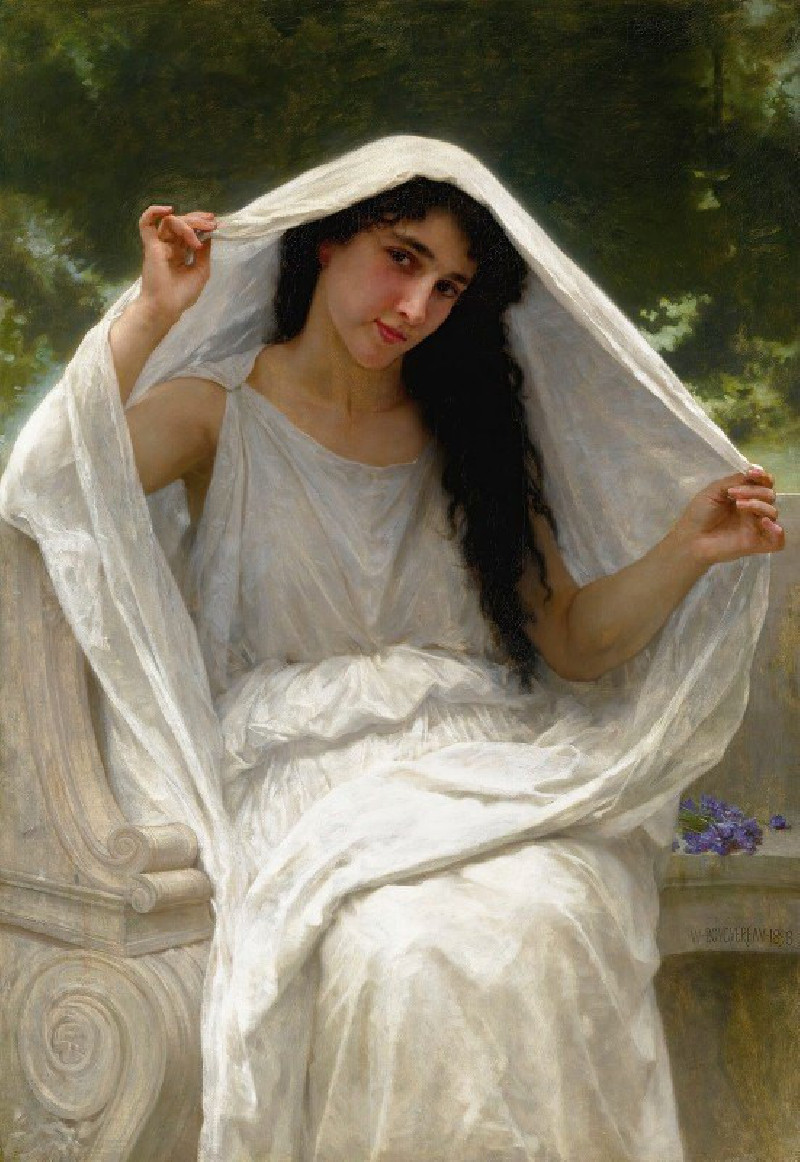A King Charles Spaniel
Technique: Giclée quality print
Recommended by our customers
More about this artwork
This painting by Édouard Manet, titled "A King Charles Spaniel," beautifully captures the essence of this particular breed of dog. The central figure, the King Charles Spaniel, is depicted with a striking level of detail and emotional expression. The dog’s wide eyes and attentive expression convey a sense of alertness and curiosity.Manet's use of brushstrokes brings out the lush fur of the spaniel, particularly noticeable in the creamy white and deep chestnut brown colors that characterize the breed. The texture of the fur is rendered with a dynamic and somewhat loose technique that adds a sense of movement and life to the depiction.The spaniel is seated on a rich, dark red fabric that contrasts vividly with the white and brown tones of its fur. This use of color not only highlights the dog but also adds a luxurious feel to the composition. A small, dark ball lies beside the dog, suggesting a moment of play or interaction that has paused, possibly as the dog has been called to attention.The background of the painting is quite subdued, using darker tones that help to focus the viewer's attention on the dog itself. This technique emphasizes the animal's presence and personality, making it the undeniable focal point of the work.Overall, Edouard Manet's painting encapsulates not just the physical beauty of the King Charles Spaniel, but also its character, thus offering viewers a glimpse into the intimate moment between artist and subject.
Delivery
Returns
Édouard Manet (1832–1883) was a French modernist painter and one of the first 19th century artists to paint modern life. His impressionist style is characterized by relatively small and thin brushstrokes that create emphasis on light depiction. Manet was one of the key artists in the transition from realism to impressionism, along with Claude Monet, Edgar Degas, and Pierre-Auguste Renoir. However, he resisted involvement in any one specific style of painting, and only presented his work to the Salon of Paris instead of impressionist exhibitions. His early masterworks, The Luncheon on the Grass and Olympia, created great controversy and served as a rallying point for other young painters.

